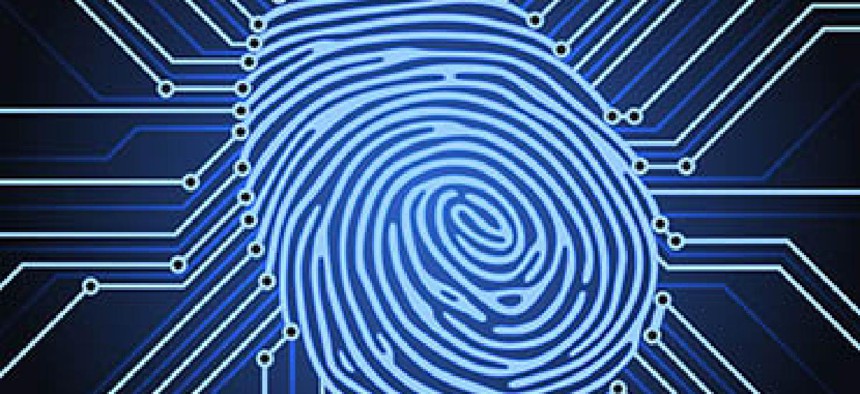Sen. Sessions wants fingerprints for visitors entering and exiting the U.S.

Biometric identity data for a visa entry and exit system should boil down to fingerprints, says the chairman of a Senate immigration subcommittee.

Visitors entering and exiting the U.S. should submit fingerprints as biometric proof of identity, the chairman of a Senate panel with oversight of immigration policy maintains.
"Iris, face scans, we don't need that," said Sen. Jeff Sessions (R-Ala.), the chairman of the Subcommittee on Immigration and the National Interest of the Senate Judiciary Committee.
Speaking at a Security Industry Association event in Washington, Sessions said an effective biometric visa entry/exit system that had been recommended by the 9/11 Commission and backed by four laws has yet to be implemented, and visa overstays are at record numbers. The security threat of those overstays can’t be measured, he said.
"We should use fingerprints" as biometric identifiers, he said. "That's what's in law enforcement databases. Why create a new system?" A data facility that would manage the fingerprint database wouldn't "take up a building and won't slow down" the entry and exit process, Sessions argued.
The senator took the airline industry to task for delaying the system. Airlines and airports have pushed back against exit systems because of potential delays and other problems.
"Airlines don't determine policy," he said.
In a subsequent panel discussion on biometrics and national security at the same conference, however, technologists said other biometric technologies such as facial recognition are improving.
"Facial recognition has come a long way in accuracy," said Erik Bowman, Northrop Grumman's chief engineer for the U.S. Army's Automated Biometric Identification System. Bowman said that the accuracy of facial scans had climbed from 70 percent to 90 percent in recent years. In some cases, he said, existing camera systems in buildings and other locations could be harnessed for the capability.
"We see gains in technical accuracy," said Mike Garcia, deputy director, National Strategy for Trusted Identity in Cyberspace. "We can do many more things with great benefit for relatively low cost" with some emerging technologies like facial recognition.
Bowman and Garcia referenced the new Customs and Border Protection trial at Hartsfield-Jackson Atlanta International Airport, begun June 13, to explore how facial recognition tech can work with existing agency IT systems.
That trial will test how CBP's systems can work with facial comparison technology to process images of travelers leaving the U.S. CBP said the test would be very specific, testing passengers between 14 and 79 years old, leaving the airport on a single daily flight to Japan. It is set to last until Sept. 30.





